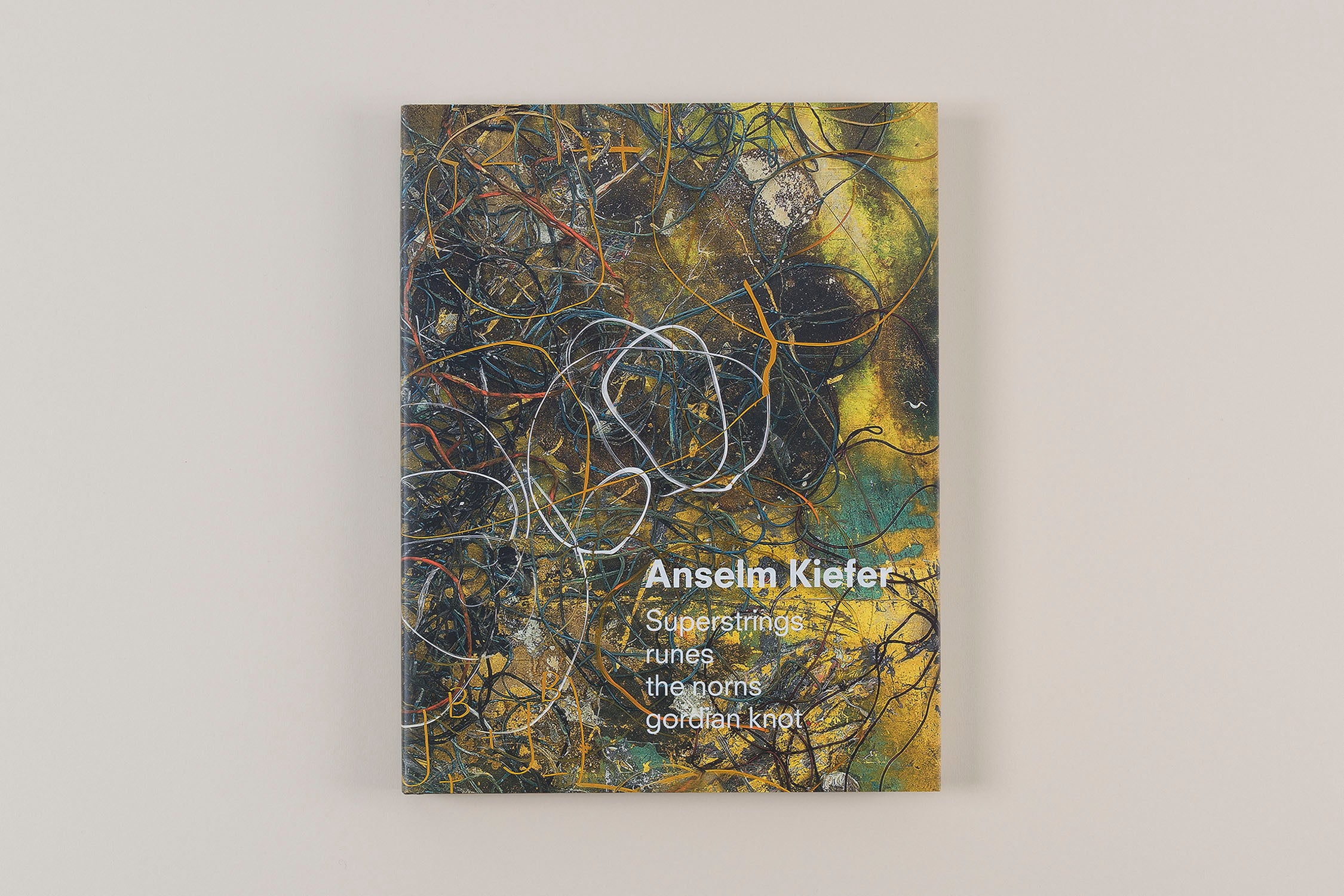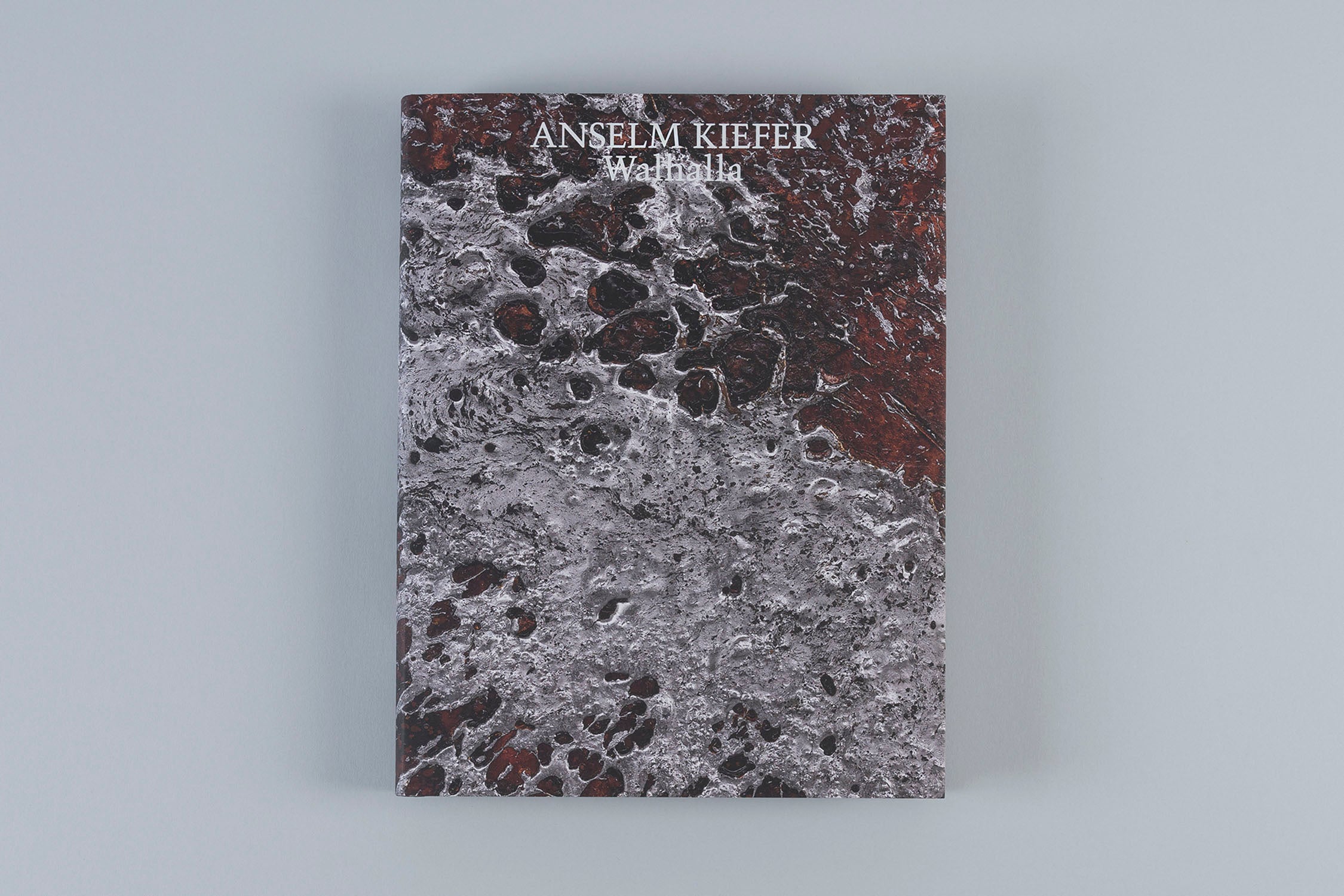
Walhalla
Anselm Kiefer
Walhalla
23 November 2016 – 12 February 2017
Dates
23 November 2016 – 12 February 2017
White Cube presented an exhibition by Anselm Kiefer featuring large-scale installation, sculpture and painting. Titled ‘Walhalla’, the exhibition referred to the mythical place in Norse mythology, a paradise for those slain in battle, as well as to the Walhalla neo-classical monument, built by Ludwig I King of Bavaria in 1842 to honour heroic figures in German history.
Throughout his career, Kiefer has interwoven themes of history, politics and landscape into his work, revisiting imagery and symbolism through different forms and media. His work conflates and connects themes, resonating with the idea of history as one continuous cycle. In the past, for example, Kiefer has employed the symbolism of Norse mythology alongside the forms of National Socialist architecture, and for this exhibition he used this as a basis for dramatic new paintings and sculpture that deal simultaneously with notions of creation and destruction, life and death.
The exhibition focused on the major installation Walhalla in the central corridor space, from which the other works thematically departed. Featuring a long, narrow room lined with oxidised lead, rows of fold-up steel beds are set close together and draped with dark grey crumpled lead sheets and covers. At the far end of the room, a black and white photograph mounted on lead depicted a lone figure walking away into a bleak, wintery landscape. The whole installation was dark, sombre and sparsely lit by a series of bare light bulbs, suggesting an institutional dormitory, military sleeping quarters or battlefield hospital. This sense of morbid claustrophobia is countered nonetheless by the offer of rest, of a break in the journey; a place perhaps of transformation.
In his latest paintings, Kiefer employs a range of media – oil, acrylic, emulsion, shellac and clay – to emphasise the space of painting as a threshold into a mythic, imaginative realm. Here, a series of high towers are set amid desolate landscapes, their stacked forms exploding and dissolving into clouds of deep black or caustic blue smoke. A familiar motif in the artist’s work, the towers are based on his own sculptures made from rough concrete casts of shipping containers, including the brutalist-style towers of Jericho made for the set of In the Beginning staged at Opéra Bastille in Paris in 2009. In one such painting, Kiefer depicts the towers up-close, as if the viewer has found themselves in the ruins of some ancient city. In another work, which consists of three panels, flights of steps leading up to each tower reference the neo-classical, imposing architecture of Walhalla. Here, however, rather than the symbolic bastion of power that Walhalla aims to evoke, they are flat and two-dimensional, overlaid and set at impossible angles under the expanse of a meridian blue sky. In other pictures, which echo the landscapes of Van Gogh, the paintings are divided by a rough track, receding as far as the eye can see and often encrusted with layers of paint and deposited with a bitumen-like matter.
Several new vitrines, in different scales, continue these themes, through assemblages of soiled bleached clothes, stones, stacks of institutional metal beds, bicycles or small trees set upon squared off, cut-out sections of earth. Sealed off and displayed, these objects appear like fossils or unearthed artefacts entombed in glass and lead cases.
In the ‘9 x 9 x 9’ gallery, a dramatic, rusted metal spiral staircase disappeared into the ceiling. Along its handrails hang curling strips of film reel, mounted onto lead, and soiled, robe-like dresses on wire coat hangers. In Norse mythology, Valhalla is linked to the Valkyries; women who decided who would live and who would die in battle. After making this choice, the Valkyries accompanied the dead to Valhalla, the hall of the slain in the afterlife ruled over by the god Odin. Entitled Sursum corda, this sculpture relates to the moment when the Valkyries arrive at Valhalla, their robes periodically discarded along the climb, suggesting loss and the trace of bodies that are no longer there.
Create an Account
To view available artworks and access prices.











